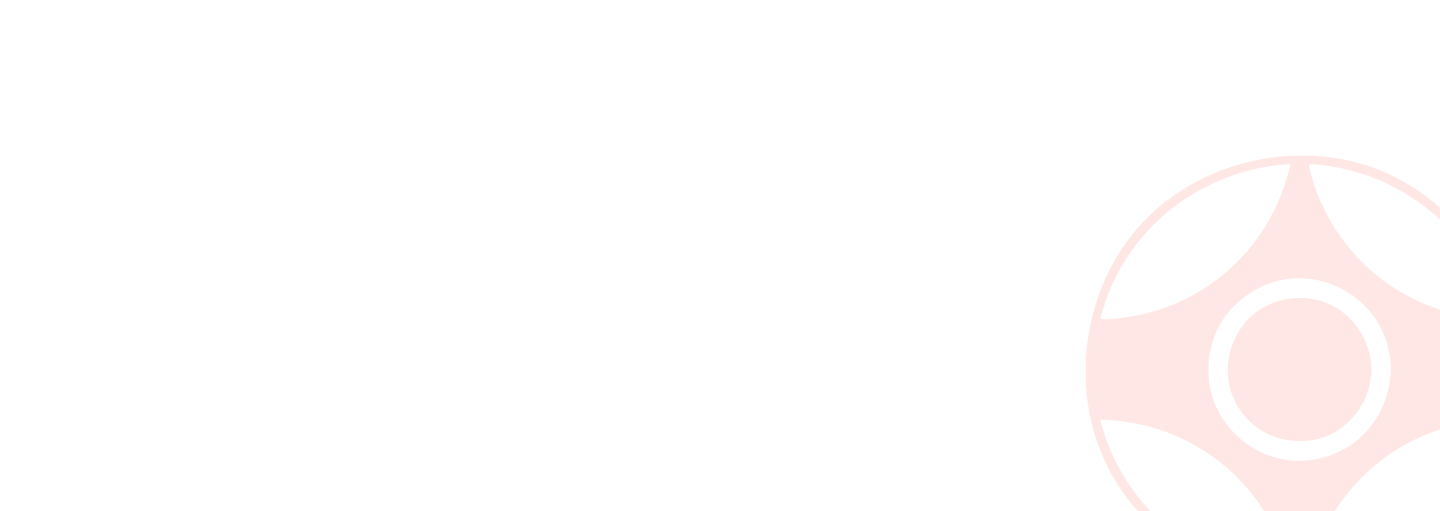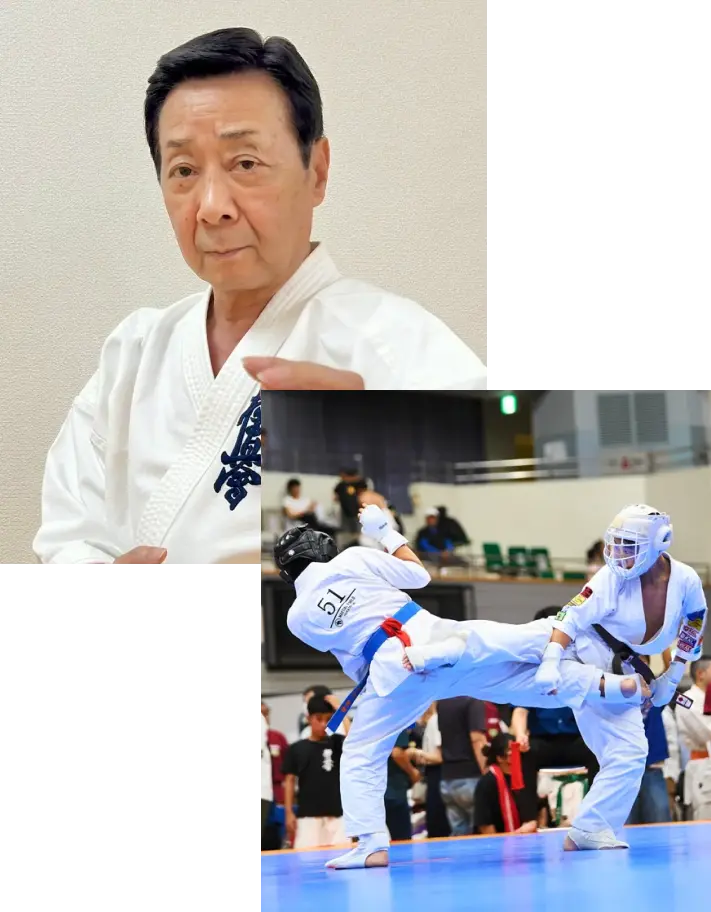
About US

“Protect the value and dignity of Kyokushin Karate”
After the passing of Sosai Mas Oyama, the Kyokushin organisation he had founded splintered into several factions. Even now, more than thirty years later, this breaking-up process continues without any end in sight.
As a result of these splits, Kyokushin dojos have sprung up all over Japan and internationally.
Before the split, Kyokushin Karate dojos were more difficult to join, and harder to find with less dojos. There were fewer branch chiefs so students could not easily choose their teachers. Now,one benefit for those seeking to train Kyokushin is that students have more dojos and instructors to choose from.
There is, however, a downside. It is very difficult to control these splits. As a result, there are some organisations professing to represent Kyokushin, yet do not even teach Kyokushin’s foundation keys: kihon and kata.
There are dojos run by black belts who can’t even move, and yet call themselves “Shihan” or
“Sensei”, clinging vainly to their status and to the name of Kyokushin. The number of high-ranking black belts has reached levels unimaginable during Sosai’s lifetime. So many of these self-proclaimed “masters” don’t even have a basic understanding of the kihon let alone the kata of Kyokushin Karate.
In view of this current situation, Hanshi Daigo Oishi felt a strong, personal responsibility to ensure the accurate transmission of the original Kyokushin Karate. As a close, personal student and uchi-deshi of Sosai Mas Oyama with an outstanding All-Japan and World tournament history, Oishi Hanshi is eminently qualified as a “torch-bearer” of Sosai’s legacy.
To this end, the World So-Kyokushin organization was established as an instrument through which the correct techniques, teaching methodology, and mental, physical and technical principles (Shin-Gi-Tai) of Sosai’s Kyokushin Way could be accurately and responsibly disseminated.
The So-Kyokushin organization also ensures the responsible certification of dan grades and master ranks of Kyokushin leaders as appropriate.

“Solid Kihon, Intelligent Kata, Brilliant Kumite”
One of the principles of Kyokushin Karate, according to Sosai Mas Oyama, is encapsulated in the ideal of “solid kihon grounded in reality, intelligent kata and beautiful kumite.” In order to ensure that this ideal remains strong, Kyokushin Karate is the pursuit of mental and spiritual self-mastery through training in kihon, ido-kihon, kata and kumite, whilst maintaining an awareness of the tanden, the spinal axis, and breath control. This approach is the true essence of Kyokushin Karate training.
Hanshi Daigo Oishi explains his philosophy of So-Kyokushin as follows: “I believe that it is my duty to lead by example and fully embody the Kyokushin Karate that I was taught by my teacher, Sosai Mas Oyama. I must never allow the impurities and dust of inconsistent training to accumulate. So-Kyokushin is an organization that strives to pursue the pure and unblemished essence of Kyokushin Karate, without degrading the established training methodology of Sosai Mas Oyama.”

“The Infinite Potential of Repetition”
Since the passing of Sosai Mas Oyama,
there have been countless tournaments that include both kumite and kata competitions. If kata competitors train only
to improve their kata’s appearance and visual expression, this is not how the kata of Kyokushin Karate, whose
purpose is practical realism, should be trained. Likewise, if fighters competing in kumite train only to win tournament
matches, their training is far from the complete budo karate that Sosai envisioned.
Lately, training kata by breaking them down into sections has become popular. But Sosai Oyama often stated,
“Practice a kata with concentration 3,000 times”, and “Even a kata created by someone else becomes your own with
3,000 repetitions.”
Sosai Oyama himself did not break down the kata for training but always practiced each one in entirety. Consequently,
Sosai found that by training each kata in this way, the right way to use the kata would reveal itself through the skin,
the spirit, and the entire body. If we also practice this way over and over, with deep focus, mastery will come naturally
as you continue training over the years. I still believe deeply in the infinite potential that is born from repetition.
Kihon and kata are the lifeblood of any style. It is easy to come up with any numbers of excuses to avoid kata training.
There is no doubt that continuing the tradition of kata training until the student breaks through beyond the superficial
movements requires immense perseverance and continual effort. This tireless effort becomes the foundation of the
dojo. Without this foundation of strong kihon and kata training, the dojo is like floating grass, endlessly swayed by the
wind and gusts of air.
The kata of Kyokushin Karate that I learned from Sosai Oyama are not merely competition kata. Each kata is a
profound and robust expression of authentic Kyokushin Karate. They are deep and strong, imbued with energy,
strength, and vitality, built on a solid, balanced movement base. The kata are an intrinsic element of the standard
Kyokushin training system, which methodically progresses through the four key elements of kihon, ido-kihon, kata,
and kumite. Simply practicing kata alone is not effective. It is through kumite that kata truly become powerful and one’s
karate comes to life.
Powerful kata are not about brute physical force in punches and kicks. The real power is leveraged, coming from
within, beginning with a strong axis. If your axis is not grounded your movements will be weak and your body will be
pulled off balance by your punches and kicks. The key to strengthening your axis is concentrated kihon. Ultimately,
everything comes back to kihon.
I hope that everyone visiting this website has an opportunity to reconnect with the true essence of Kyokushin Karate
as taught directly by Kyokushin’s founder, Sosai Mas Oyama.
